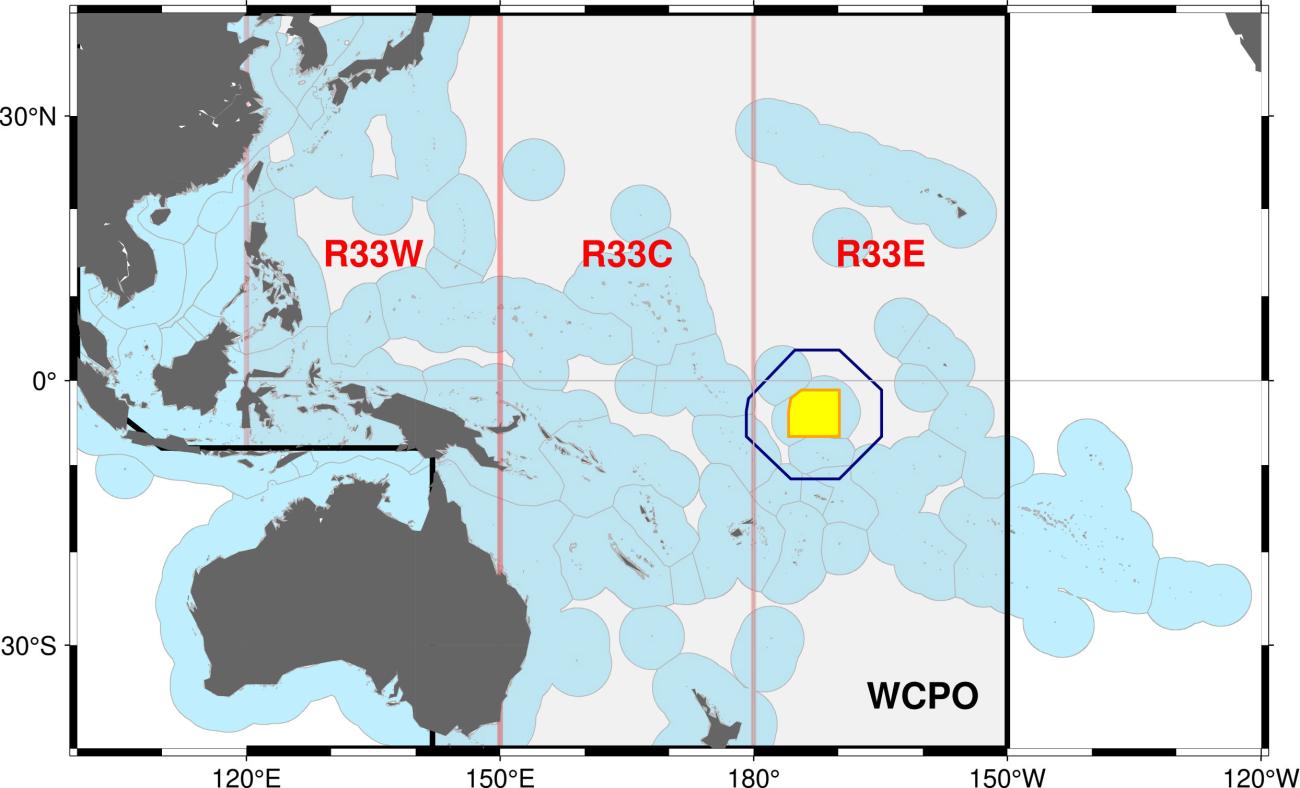Large-scale, no-take marine protected areas (MPAs) have been established in several locations in the Pacific and expansion of such areas to reach 30% of the ocean area is actively promoted in some quarters. Justification for the establishment of large oceanic MPAs often includes the conservation benefits that they would bring for tuna stocks, which are the subject of important commercial fisheries in the Pacific. The aim of this paper was to evaluate the conservation efficacy of an existing MPA, the Phoenix Islands Protected Area (PIPA) and a series of large hypothetical MPAs each constituting approximately 33% of the western and central Pacific Ocean, for two important and contrasting tuna species, skipjack and bigeye tuna. The evaluation was conducted by comparing control and counterfactual simulations in which the estimated population and fishery dynamics of the species were modelled using a high-resolution modelling framework known as SEAPODYM (Spatial Ecosystem And Population DYnamics Model). We found that stock-wide conservation benefits of the PIPA for these species, assuming that total fishing effort is maintained, to be weak to non-existent, and only modest increases in spawning biomass of both species occur within and in the near vicinity of the PIPA itself. For the larger 33% hypothetical MPAs, changes in stock-wide spawning biomass were estimated to be -0.1% to +5.8% for skipjack tuna and +4.8% to +12.0% for bigeye tuna. Conservation efficacy of MPAs for species such as tropical tunas is limited by their wide larval dispersal and high mobility of later life stages, which spatially dissipate the protective effects of MPAs. Also, the displacement of fishing effort from MPAs to areas remaining open can have negative consequences for stocks and fisheries performance in those areas. We conclude that large oceanic MPAs are not likely to be effective frontline management tools for tropical tunas and other species having similar life history characteristics.
Limited conservation efficacy of large-scale marine protected areas for Pacific skipjack and bigeye tunas
2168
Pacific Community Centre for Ocean Science (PCCOS)
1433
Fisheries, Aquaculture & Marine Ecosystems
1433
Fisheries, Aquaculture & Marine Ecosystems
2168
Pacific Community Centre for Ocean Science (PCCOS)
